PLTW Human Body Systems 4.1
5.0(1)
Card Sorting
1/32
Earn XP
Description and Tags
Bones, joints, movements, and range of motion
Study Analytics
Name | Mastery | Learn | Test | Matching | Spaced |
|---|
No study sessions yet.
33 Terms
1
New cards
Joints
The point of contact between bones in an animal skeleton.
2
New cards
Range of motion
The range a joint can be moved.
3
New cards
Cartilage
A translucent type of connective tissue that is used throughout most of the skeleton. It is also used to create bones through ossification.
4
New cards
Fibrous joints
Joints connected with fibrous tissue that don’t allow for movement. The sutures in the skull are this type of joint.
5
New cards
Cartilaginous joint
A joint that is slightly moveable, but does not have a completely free range of movement. An example is the pubic symphysis.
6
New cards
Synovial joints
A type of joint that is connected by a synovial cavity with liquid that allows a large range of motion.
7
New cards
Saddle joint
A type of joint that allows for abduction, adduction, flexion, extension, and circumduction. It cannot do rotation, though. One example is the joint in the thumb that connects the carpals and the metacarpals (trapeziometacarpal joints or first carpometacarpal joint).
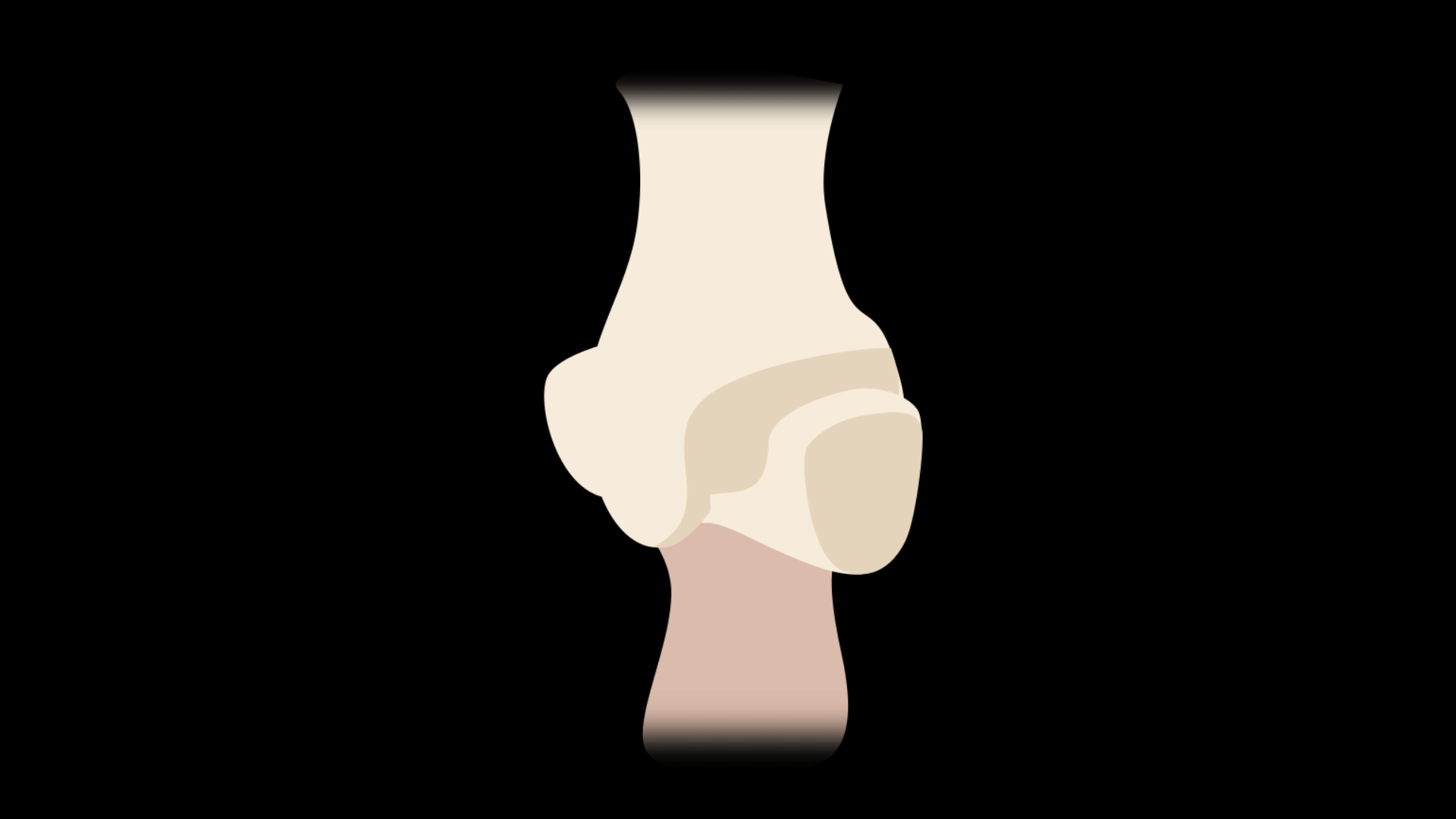
8
New cards
Ball and socket joint
The joint that allows the widest range of movement and permits all types of movements. Examples are the shoulders and the hip.
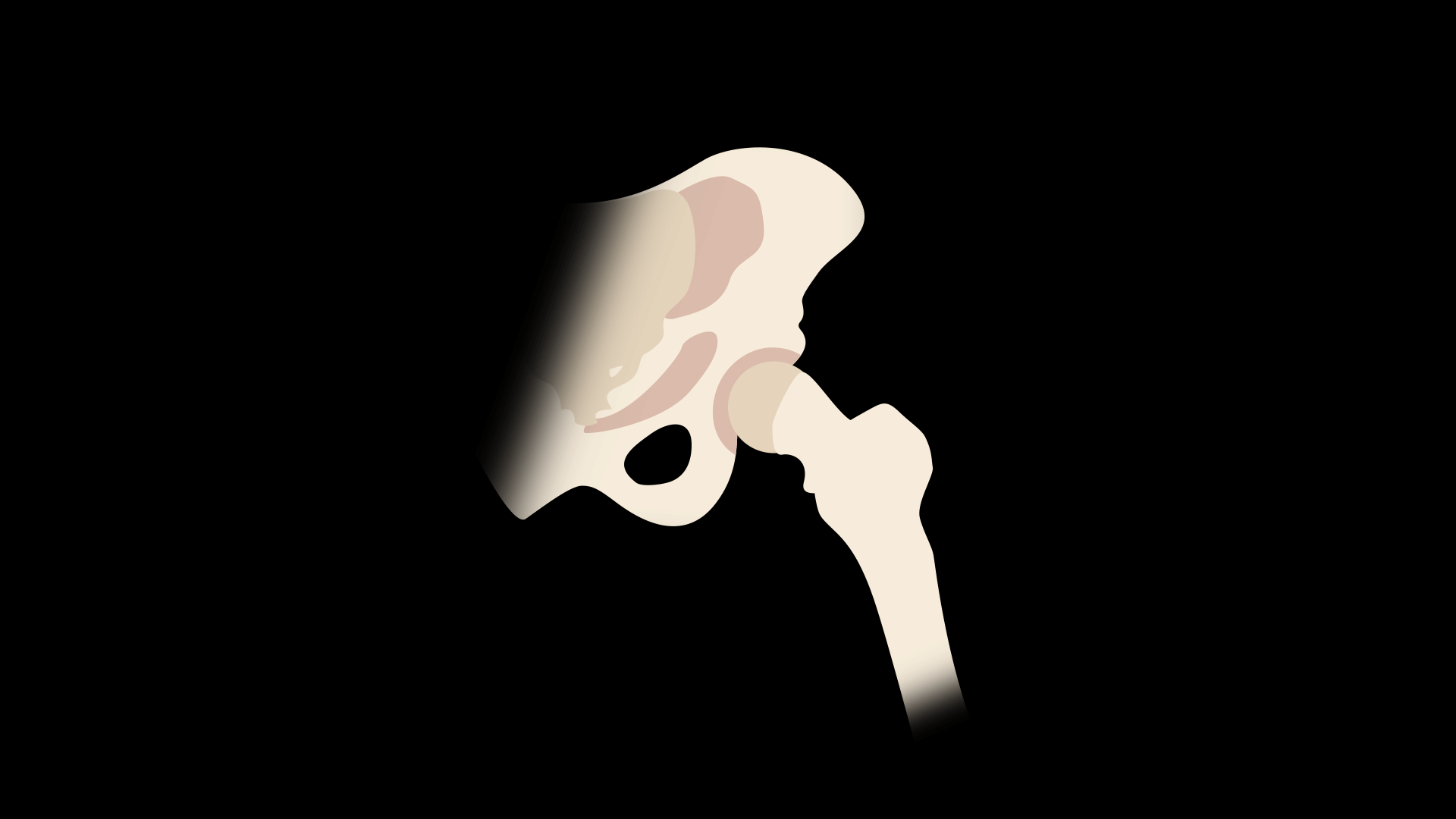
9
New cards
Condyloid joint
A type of joint that allows flexion, extension, abduction, and adduction movements. An example is the wrist, where the radius, ulna, and carpal bones meet.
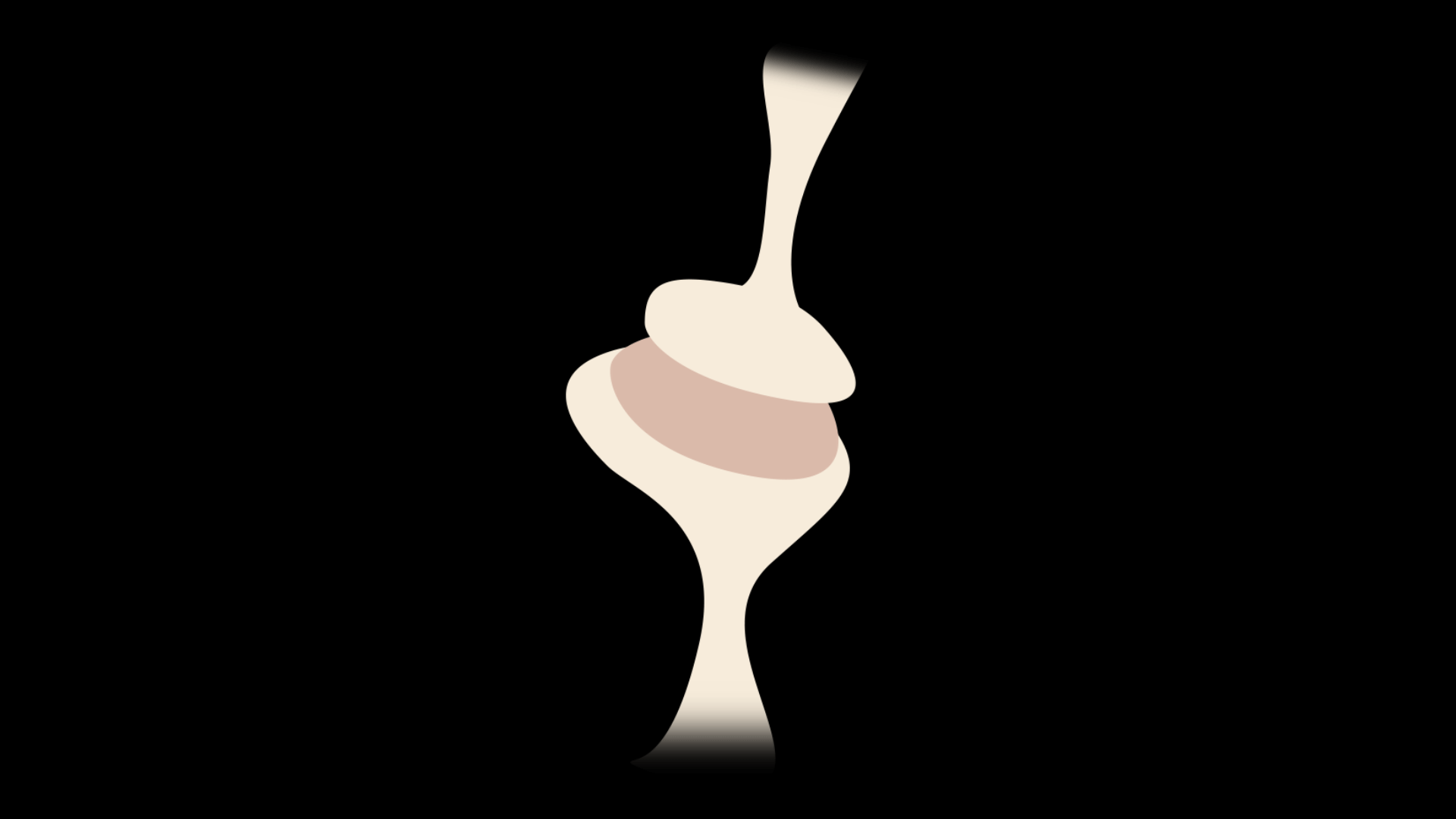
10
New cards
Plane (or gliding) joint
Joints that only allow for a gliding movement in a sliding motion, like those depicted in the image. One example is the intercarpal joints in the wrist.
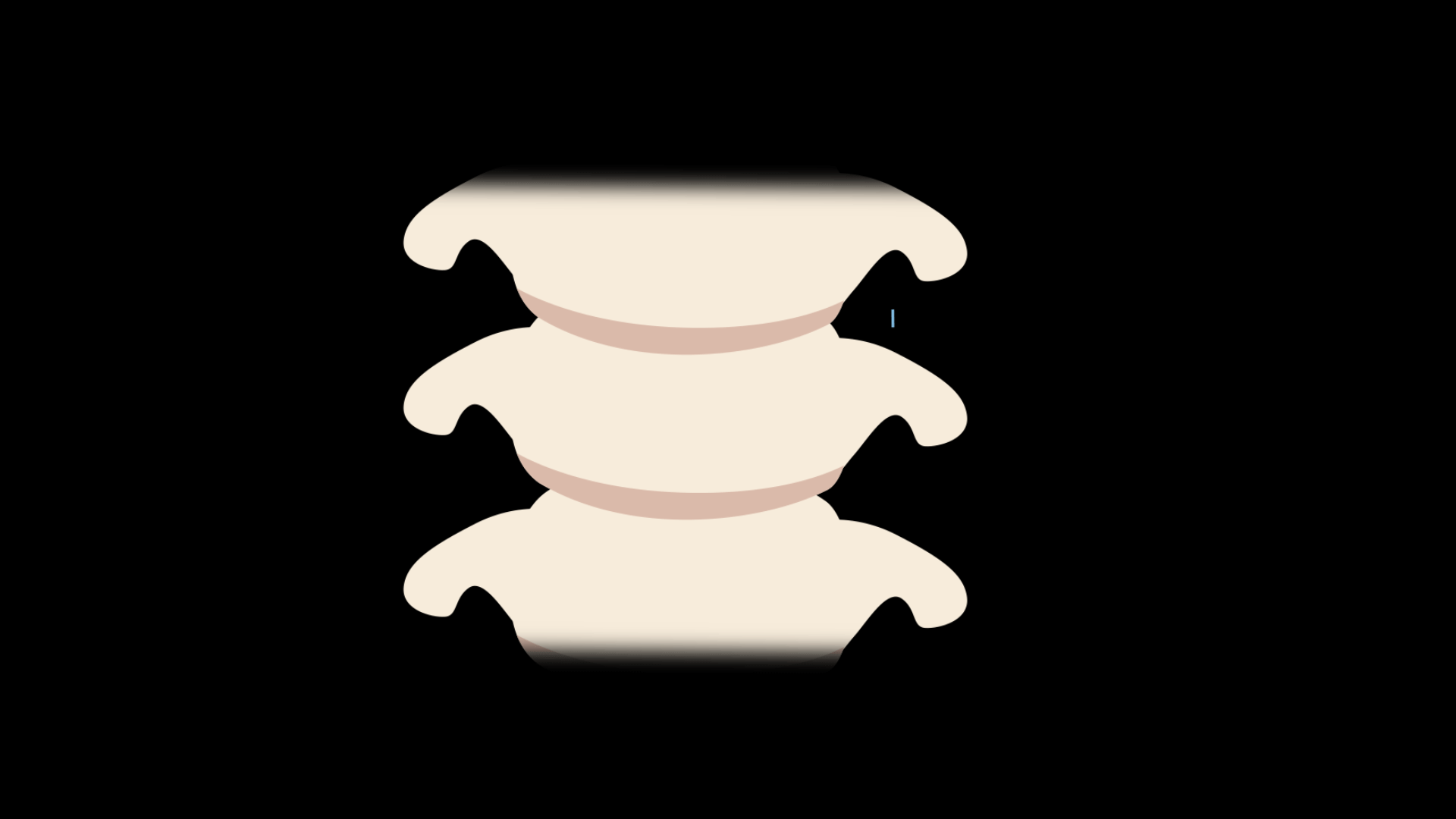
11
New cards
Hinge joint
A type of joint that can only do flexion and extension. One example is the knee.
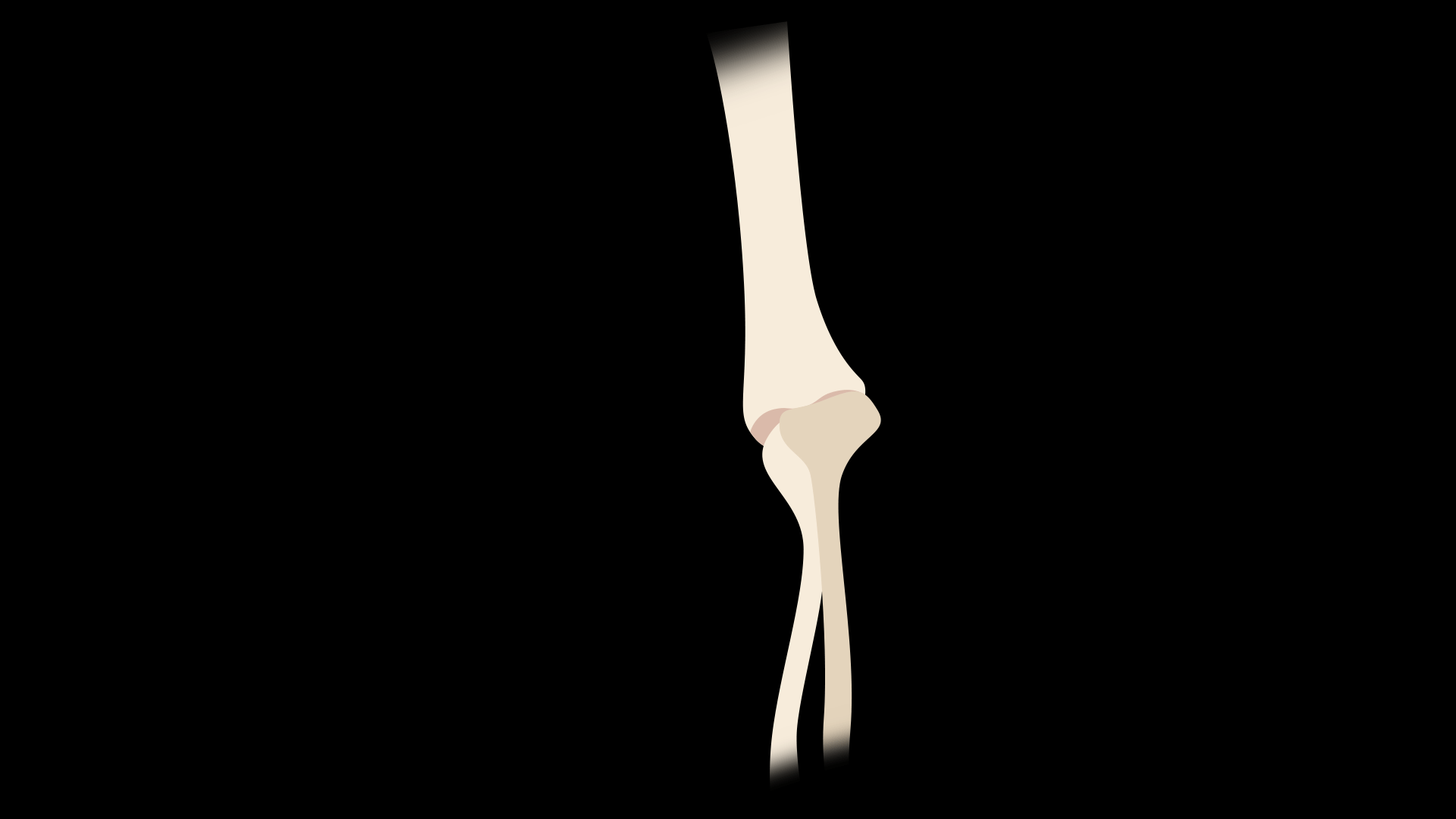
12
New cards
Pivot joint
This joint can only do the rotation movement, and is unable to do any other movement. One example of this is the neck (specifically where the atlas and axis cervical vertebrae meet).
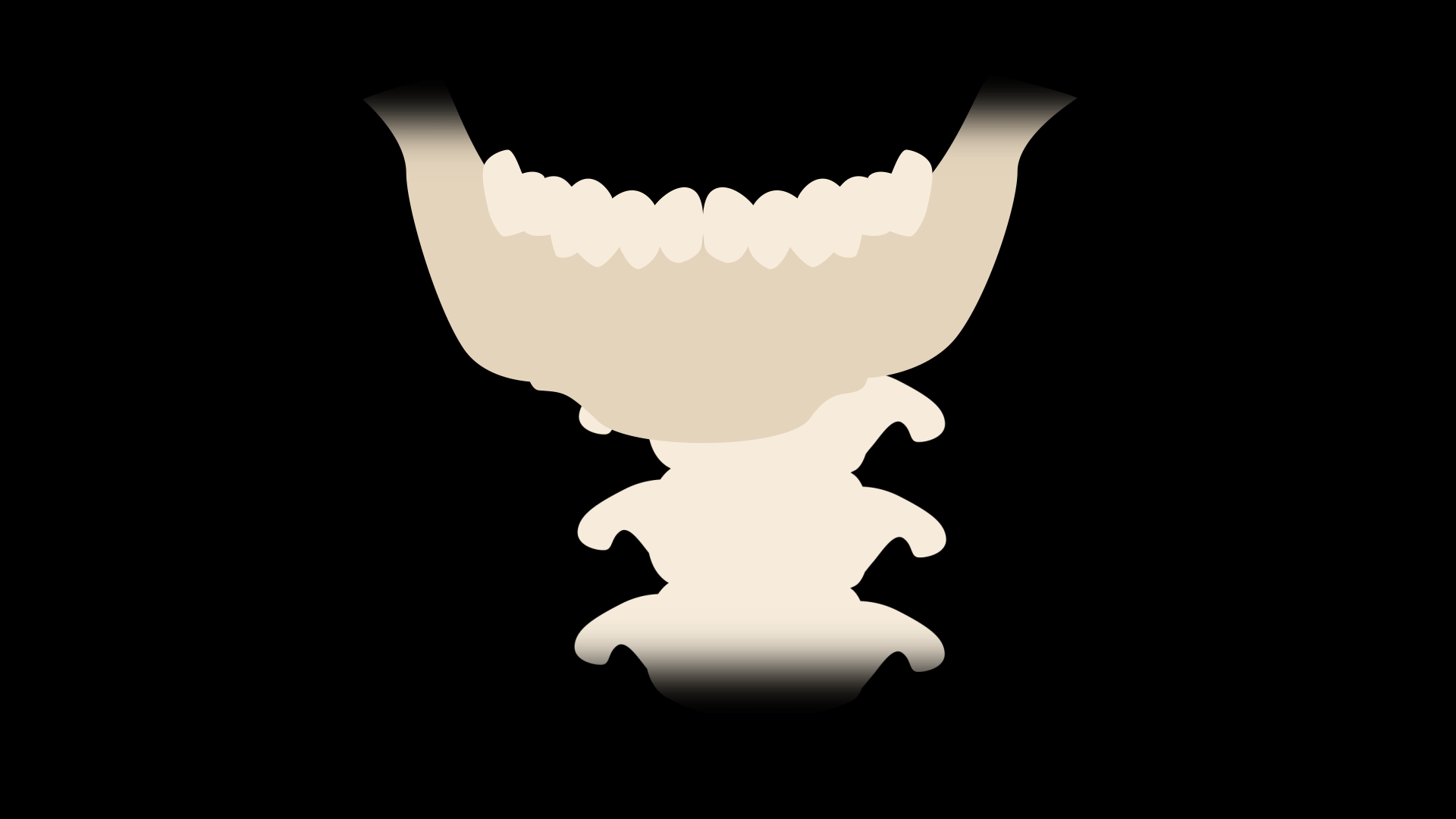
13
New cards
Hyaline cartilage
Translucent blue-ish white cartilage made of cells in a homogenous matrix.
14
New cards
Articular cartilage
Hyaline cartilage that is attached to articular bone surfaces.
15
New cards
Synovial fluid
The fluid that lubricates joints, nourishes cartilage, and helps in a joint type (with many subtypes) to promote a large range of motion and allow for many movements.
16
New cards
Ligament
Dense connective tissue that attaches bones, made of fibrous tissue.
17
New cards
Tendon
A cord made of white fibrous tissue that attaches muscles to bones.
18
New cards
Goniometer
A tool used to measure angles for joints or the skull
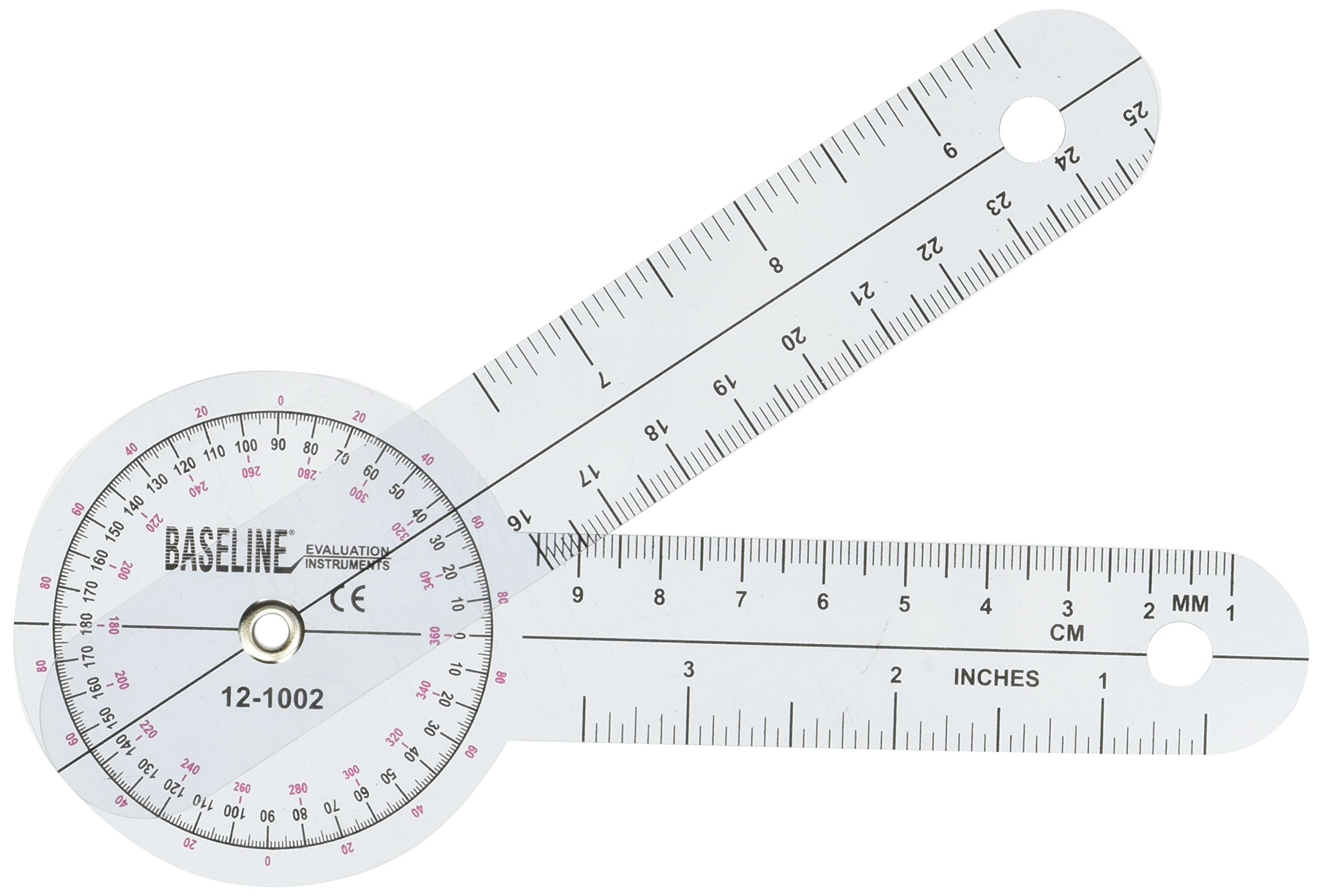
19
New cards
Depression
A movement of a joint in an inferior direction.
20
New cards
Elevation
A movement of a joint in a superior direction.
21
New cards
Rotation
A movement of a bone around its own axis.
22
New cards
Circumduction
A circular movement of a limb. This is different from rotation because the bone/limb is not moving around its own axis, it is just moving in a circular motion.
23
New cards
Flexion
A bending movement at a joint that results in a decreased angle between the bones connected to the joint.
24
New cards
Extension
A reversal of a bending movement of a joint that results in an increased angle between the bones connected to the joint.
25
New cards
Hyperextension
A joint being extended beyond its usual range of motion.
26
New cards
Abduction
A joint moving a limb away from the medial region of the body.
27
New cards
Adduction
A joint moving a limb towards the medial region of the body.
28
New cards
Plantar flexion
Bending the foot inferiorly towards the sole.
29
New cards
Dorsiflexion
Bending the foot superiorly towards the leg.
30
New cards
Fulcrum
The axis of the goniometer, placed at the joint.
31
New cards
Moving arm
The part of a goniometer that moves to measure the angle of a joint or the skull.
32
New cards
Stationary arm
The part of the goniometer that stays aligned to the limb without movement.
33
New cards
How do you use a goniometer?
1. Have the subject lay the joint at rest, so the goniometer can be placed at zero degrees.
2. Have the person raise their joint and hold it.
3. Move the moving arm (only!!) to the new placement. Measure the degree based on the degrees in the central dial.
Note: The other side is a question if you’re using learning or spaced repetition